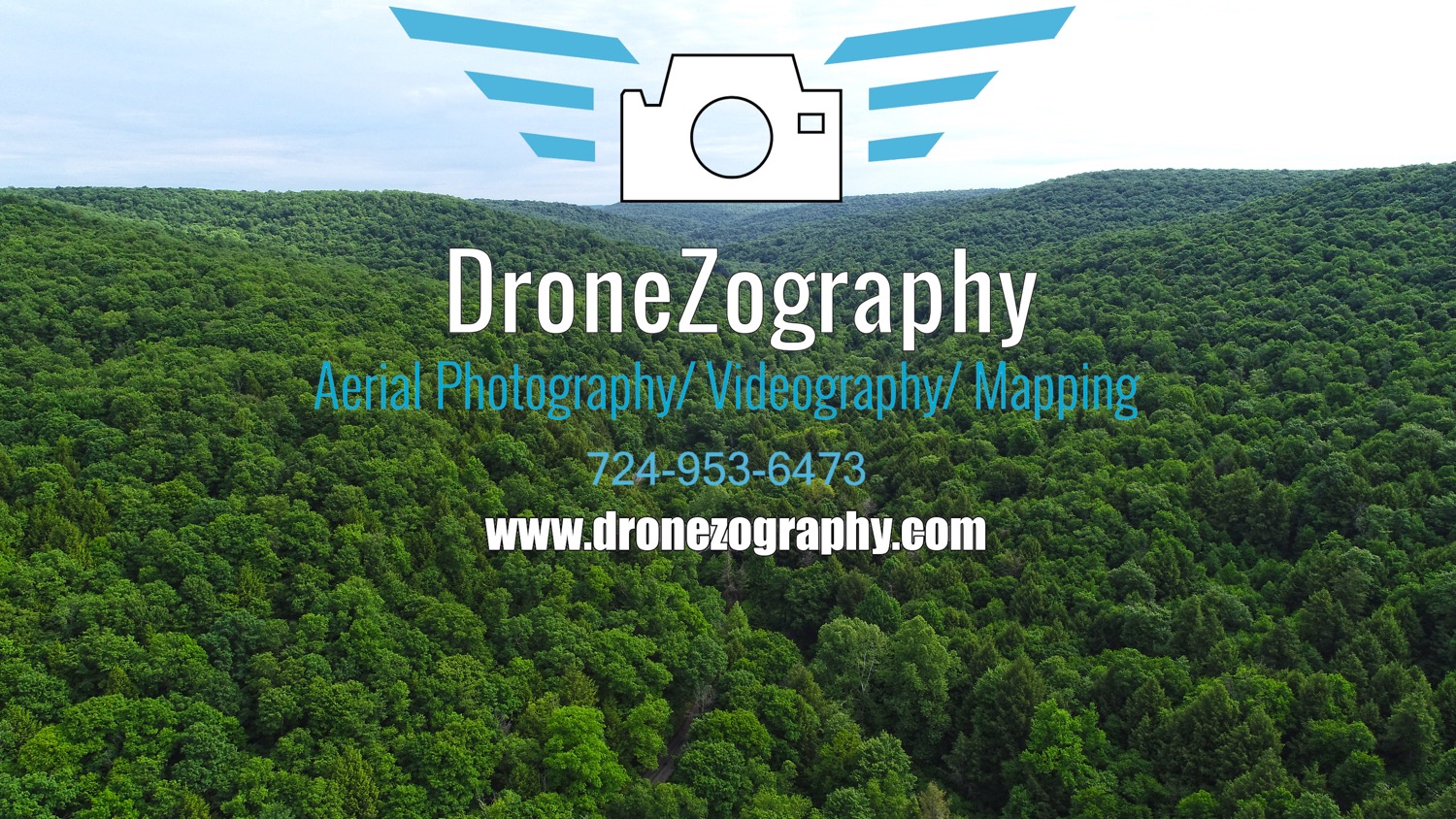Drones and How They Benefit Hemp Growers
- dronezography
- Apr 4, 2019
- 2 min read
What most people do not know is that drone technology has been here since the 1980s. However, it was only in recent years when drones started soaring. And as the technology improves and its cost decreases, these unmanned air vehicles (UAVs) started to become a dispensable tool in many industries, including agriculture.
But perhaps the most interesting part of the sector in which drone has shown potentials is legal hemp. Yes, that is right – this ground-breaking technology has helped farmers and growers when it comes to yielding and minimizing expenses. In fact, an agronomist will tell you that drones can increase yield and better ROI.
To give you a better understanding, let’s take a look at some of the many benefits drones to offer on legal hemp.
#1. Smart Farming
Keep in mind that drones come with a feature that utilizes GPS coordinates. And through this, they are capable of scanning hundreds of acres within minutes. This aerial imagery capability allows you to increase productivity and crop quality. This gives you a much better, accurate ground truth. Smart farming, which is also known as precision farming, is starting to become the apex where agriculture and technology meet. Of course, the existence of drones does not only help hemp but as well as other crops.
#2. Spraying
In terms of large-scale farming, chemical sprays (e.g. fungicides, herbicides, pesticides, etc.) play a crucial role in crop vigor. But with drone technology, the human and environmental impact can be reduced exponentially. For instance, NIR (Near Infrared Technology) scan identifies a number of different problematic areas like crop stress. You can just send out drones – all of which are equipped with tanks and/or sprayers – to spot these areas and provide treatment. Since this method can reduce the number of chemicals used, farmers can benefit the most. Even more so, it can be beneficial for both the consumer and the environment.
#3. Near Infrared Technology
Different areas of crops can be affected by a variety of factors, such as disease, heat, improper water, and pests, to name a few. Regardless of the size of the field crop, monitoring the conditions of the entire field can be a difficult task to overcome. But through the use of drones and NIR, you get access to a bird’s eye view of the field and obtain real-time data. What is more, you can immediately report back specific areas that may be suffering from crop stress. And through aerial imagery (with images loaded directly to an index or system), a detailed analysis of the crop’s health is processed, allowing farmers to easily determine certain areas which may require extra nutrients, water, and other important attention.
#4. Irrigation and Spot-Nutrients

Through this technology, there is no need for farmers to burden themselves when it comes to irrigating entire fields, let alone spreading nutrients for healthy plants. Pretty much like chemical spraying, drones and their NIR scan are capable of pinpointing particular areas of the crop that may require substantial water or other essential nutrients. Above all, you can send out drones with tanks to these locations and start irrigation.





Comments